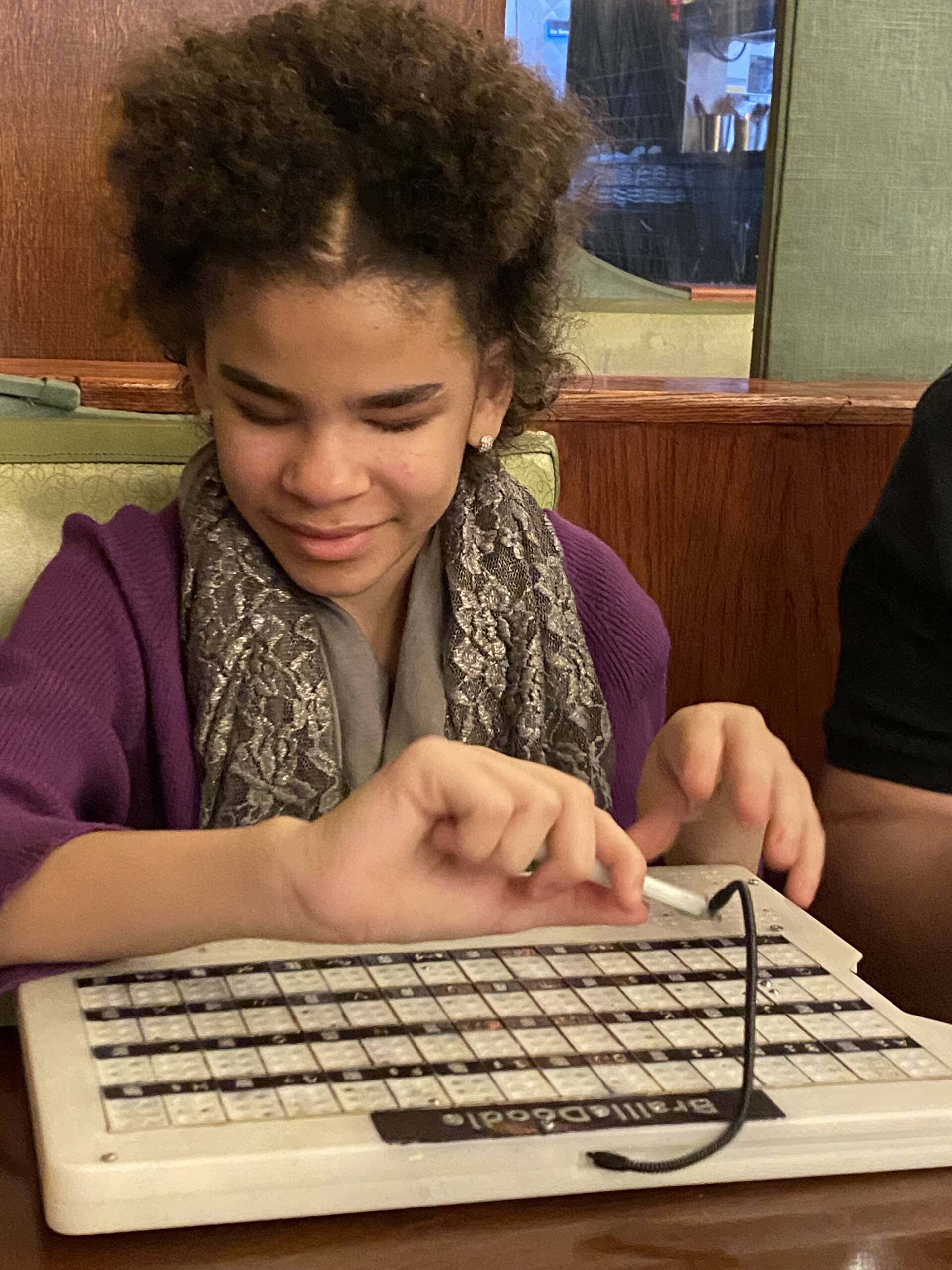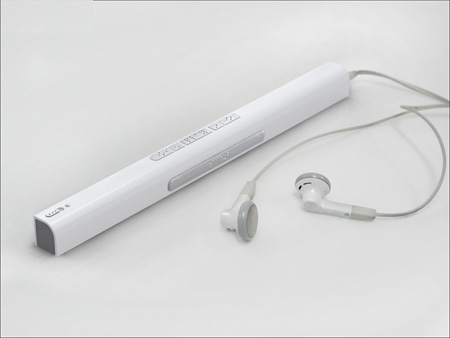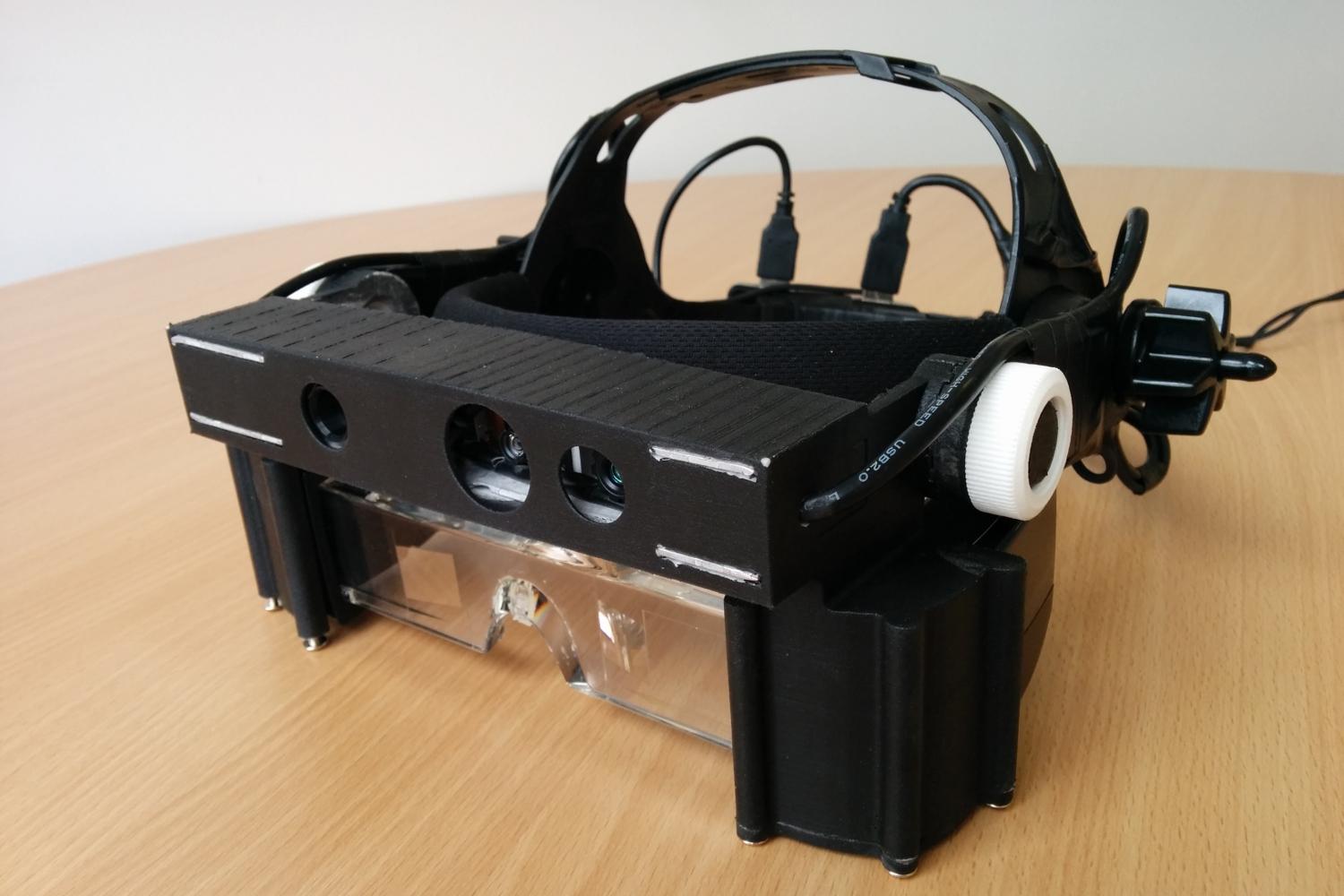Voice-Activated Assistive Devices: Simplifying Regular Tasks
Voice-Activated Assistive Devices: Simplifying Regular Tasks
Blog Article
Empowering Independence With Assistive Technology for the Blind
The assimilation of assistive innovation into the lives of people with aesthetic impairments stands for a considerable development in advertising self-reliance and self-sufficiency. From innovative display readers to innovative wise canes, these devices not only enhance day-to-day navigation and communication however also encourage users to involve meaningfully in numerous elements of life. As we explore the myriad advantages and real-world applications of these technologies, it comes to be vital to analyze the underlying aspects that add to their performance and the potential for future developments in this essential field.
Introduction of Assistive Technology

The advancement of assistive innovation is based in principles of inclusivity and empowerment. Technologies in software program, hardware, and sensory improvements provide individuals with options customized to their particular demands. From screen visitors that convert message to speech, to responsive gadgets that convey info with touch, these devices transform the method people engage with their surroundings.
Along with useful applications, assistive modern technology fosters higher social incorporation and participation in numerous industries, consisting of education and work (Mobility aids for visually impaired users). As r & d remain to progress, the possibility for assistive modern technology to further enhance the lives of visually impaired people continues to be promising, paving the means for a more equitable society where everyone can thrive
Kinds Of Assistive Devices
A range of assistive gadgets have actually emerged to support individuals with visual impairments, each designed to meet particular demands and boost daily performance. These tools vary from low-tech remedies to sophisticated innovations, giving varied alternatives for customers.
Low-tech gadgets include magnifiers and large-print materials that help in analysis and writing. Braille devices, such as Braille stylus pens and slates, allow tactile reading and communication. Alignment and movement aids, like white walking canes, aid individuals navigate their atmosphere safely.
On the greater end of the range, digital magnifying systems and display visitors use significant assistance. Electronic magnifiers allow customers to increase the size of message and pictures on screens, while screen viewers transform digital content right into synthesized speech, facilitating accessibility to info on mobile phones and computer systems.
Mobile phone applications also play an important function, providing attributes like message recognition and navigation support. Wearable technology, such as clever glasses geared up with increased truth, is arising as an appealing device to improve situational awareness.
Advantages of Assistive Innovation
The combination of assistive innovation considerably boosts the high quality of life for people with visual problems. These technologies equip individuals by promoting self-reliance, allowing them to browse their atmospheres better and execute daily tasks with better his comment is here convenience. For circumstances, display readers and magnification software application permit people to access electronic information, fostering expert and educational chances that might have previously run out reach.
Furthermore, assistive tools such as clever walking sticks and general practitioners applications offer real-time navigating aid, enhancing movement and safety. This boosted autonomy not only enhances self-worth yet additionally encourages social involvement, allowing customers to get involved even more totally in their neighborhoods.
Assistive technology also promotes communication, helping individuals get in touch with others through voice recognition and text-to-speech applications. This capability is redirected here crucial for keeping connections and accessing essential details.
Additionally, the personalization alternatives offered with numerous assistive technologies ensure that individuals can tailor gadgets to their certain demands, even more boosting usability and efficiency. On the whole, the benefits of assistive innovation for people with visual problems are profound, advertising an extra comprehensive culture where everyone can pursue their desires and objectives.
Study and Success Stories
Highlighting the transformative effect of assistive technology, numerous instance researches show how people with aesthetic disabilities have efficiently incorporated these devices right into their day-to-days live. One engaging example includes an university student who utilized display analysis software application to browse on the internet resources and scholastic materials successfully. This innovation not only facilitated her education and learning however also enhanced her self-confidence in joining discussions and team tasks.
Another study includes a professional who utilizes a smart device application made for navigating and object acknowledgment. By using this app, he has restored freedom in both his individual and job atmospheres, permitting him to commute separately and involve with associates much more successfully.
In addition, a senior citizen shared her experience with braille e-readers, which allowed her to access a huge array of literary works and stay attached distance glasses with her neighborhood through book clubs.
These success stories underscore the critical function of assistive modern technology in cultivating self-reliance, boosting lifestyle, and advertising social integration for individuals with visual impairments (Smart glasses for the visually impaired). By welcoming these innovative devices, customers can overcome obstacles and seize possibilities that contribute to their expert and personal fulfillment

Future Fads in Assistive Technology
Innovation in assistive innovation is positioned to redefine the landscape of support for individuals with visual impairments. Arising fads stress the integration of synthetic knowledge (AI) and machine discovering, which improve the functionality of devices that aid with navigation and details availability. For instance, AI-driven applications are now capable of interpreting aesthetic data in real-time, making it possible for users to involve with their atmosphere more separately.
In addition, the development of wearable technology is advancing swiftly. Smart glasses outfitted with enhanced fact (AR) can offer audio summaries of environments, transforming just how customers connect with public rooms. These gadgets not just promote autonomy however additionally foster social inclusion.
Additionally, the Web of Things (IoT) is making homes smarter, permitting smooth connectivity in between day-to-day appliances and assistive tools. This connection empowers users by allowing voice-activated controls and computerized responses customized to specific demands.
Verdict
In final thought, assistive innovation plays an essential duty in equipping people with aesthetic problems by boosting their freedom and involvement with their environments. The varied variety of devices and applications available not only assists in navigation and communication but likewise advertises social assimilation and possibilities for professional and personal development. As advancements proceed in this area, the capacity for enhancing the quality of life for those with visual impairments will certainly expand, promoting better autonomy and empowerment.

Report this page